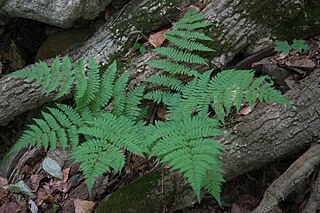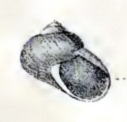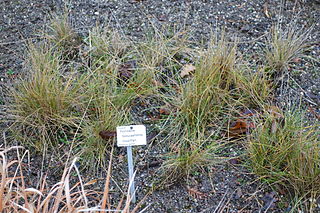
Dryopteris expansa, the alpine buckler fern, northern buckler-fern or spreading wood fern, is a species of fern native to cool temperate and subarctic regions of the Northern Hemisphere, south at high altitudes in mountains to Spain and Greece in southern Europe, to Japan in eastern Asia, and to central California in North America. The species was first described from Germany. It prefers cool, moist mixed or evergreen forests and rock crevices on alpine slopes, often growing on rotting logs and tree stumps and rocky slopes. It is characteristically riparian in nature, and is especially associated with stream banks.

The Arrau turtle, also known as the South American river turtle, giant South American turtle, giant Amazon River turtle, Arrau sideneck turtle, Amazon River turtle or simply the Arrau, is the largest of the side-neck turtles (Pleurodira) and the largest freshwater turtle in Latin America. The species primarily feeds on plant material and typically nests in large groups on beaches. Due to hunting of adults, collecting of their eggs, pollution, habitat loss, and dams, the Arrau turtle is seriously threatened.
Mirabilis expansa is a species of flowering plant cultivated as a root vegetable in the Andes, at cold, windy altitudes between 2,200 m (7,200 ft) and 3,500 m (11,500 ft). The above-ground portion dies back with frost, but the root is quite hardy. The roots can reach the size of a man's forearm, and yields can reach 50,000 kg/ha (45,000 lb/acre) given two years maturation time.

Dryopteris carthusiana is a species of fern native to damp forests throughout the Holarctic Kingdom. It is known as the narrow buckler-fern in the United Kingdom, and as the spinulose woodfern in North America.
Eua expansa is a species of tropical air-breathing land snail, a terrestrial pulmonate gastropod mollusc in the family Partulidae.
Typhina expansa is a species of sea snail, a marine gastropod mollusk in the family Muricidae, the murex snails or rock snails.
Moniezia expansa is commonly known as sheep tapeworm or double-pored ruminant tapeworm. It is a large tapeworm inhabiting the small intestines of ruminants such as sheep, goats and cattle. It has been reported from Peru that pigs are also infected. There is an unusual report of human infection in an Egyptian. It is characterized by unarmed scolex, presence of two sets of reproductive systems in each proglottid, and each proglottid being very short but very broad.

Chelodina (Chelydera) expansa, commonly known as the broad-shelled river turtle or the broad-shelled snake-necked turtle, is a pleurodiran freshwater turtle and is the largest of the long-necked turtles. The broad-shelled river turtle is one of the oldest-maturing and longest-living species of freshwater turtles in existence and occurs in wide sympatry with Emydura macquarii and Chelodina longicollis. C. expansa is listed as ‘vulnerable’ in South Australia and ‘threatened’ in Victoria.

Margarella expansa is a species of sea snail, a marine gastropod mollusk in the family Calliostomatidae.
Dacryodes expansa is a tree in the family Burseraceae. The specific epithet expansa is from the Latin meaning "spread out", referring to the structure of the petals.
Lycidola is a genus of longhorn beetles of the subfamily Lamiinae, containing the following species:

Puccinellia festuciformis is a species of grass.
Lycidola batesi is a species of beetle in the family Cerambycidae. It was described by Per Olof Christopher Aurivillius in 1923. It is known from Bolivia and Brazil.
Lycidola beltii is a species of beetle in the family Cerambycidae. It was described by Henry Walter Bates in 1872. It is known from Nicaragua and Honduras.
Lycidola felix is a species of beetle in the family Cerambycidae. It was described by Waterhouse in 1880. It is known from Ecuador.
Lycidola flavofasciata is a species of beetle in the family Cerambycidae. It was described by Waterhouse in 1880. It is known from Bolivia, Ecuador and French Guiana.
Lycidola palliata is a species of beetle in the family Cerambycidae. It was described by Johann Christoph Friedrich Klug in 1825. It is known from Brazil.
Lycidola popeba is a species of beetle in the family Cerambycidae. It was described by Galileo and Martins in 2006.
Lycidola simulatrix is a species of beetle in the family Cerambycidae. It was described by Henry Walter Bates in 1866. It is known from French Guiana and Brazil.

Antianthe expansa, known generally as the keeled tree hopper or solanaceous treehopper, is a species of treehopper in the family Membracidae.






